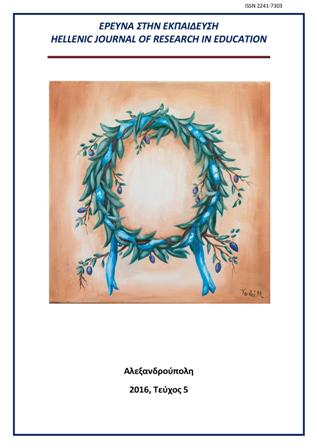Εarly bullying behaviour in preschool children

Abstract
The main aim of the present study was to examine the emergence of victimization and early bullying behaviour in preschool children, during ongoing social interactions. In relation to this, we carried out an inquiry in order to study the context of victimization processes in Greek Preschools where emerging victimization episodes were written down and described. In total, 167 preschool children (4-6 years) who attended public early childhood education programs participated in this research. In relation to gender, 88 of them, were girls whereas 79 of them were boys. Non obtrusive series of observations were used in order to collect data. According to our findings, early bullying behaviours in preschool children is a social phenomenon where the whole group of peers in the class is involved both in an active and a non active way. Early bullying interactions are closely related to social contextual factors such as peer relations and quality of early childhood education environment. Suggestions for educational implications in relation to the development of quality in peer relations in the preschool context are highlighted.
Article Details
- How to Cite
-
Βλάχου Μ., Βotsoglou K., & Ανδρέου Ε. (2016). Εarly bullying behaviour in preschool children. Hellenic Journal of Research in Education, 5(1), 17–45. https://doi.org/10.12681/hjre.9096
- Issue
- Vol. 5 No. 1 (2016)
- Section
- Articles

This work is licensed under a Creative Commons Attribution-NonCommercial-ShareAlike 4.0 International License.
Authors who publish with this journal agree to the following terms:
- Authors retain copyright and grant the journal right of first publication with the work simultaneously licensed under a CC-BY-NC-SA that allows others to share the work with an acknowledgement of the work's authorship and initial publication in this journal.
- Authors are able to enter into separate, additional contractual arrangements for the non-exclusive distribution of the journal's published version of the work (e.g. post it to an institutional repository or publish it in a book), with an acknowledgement of its initial publication in this journal.
- Authors are permitted and encouraged to post their work online (preferably in institutional repositories or on their website) prior to and during the submission process, as it can lead to productive exchanges, as well as earlier and greater citation of published work (See The Effect of Open Access).


